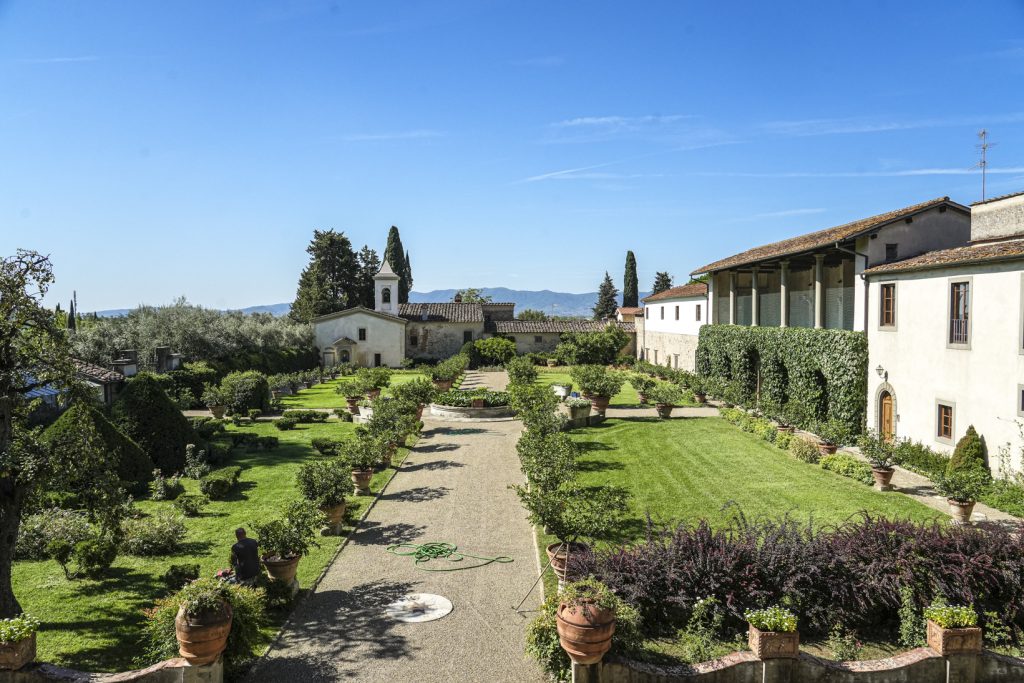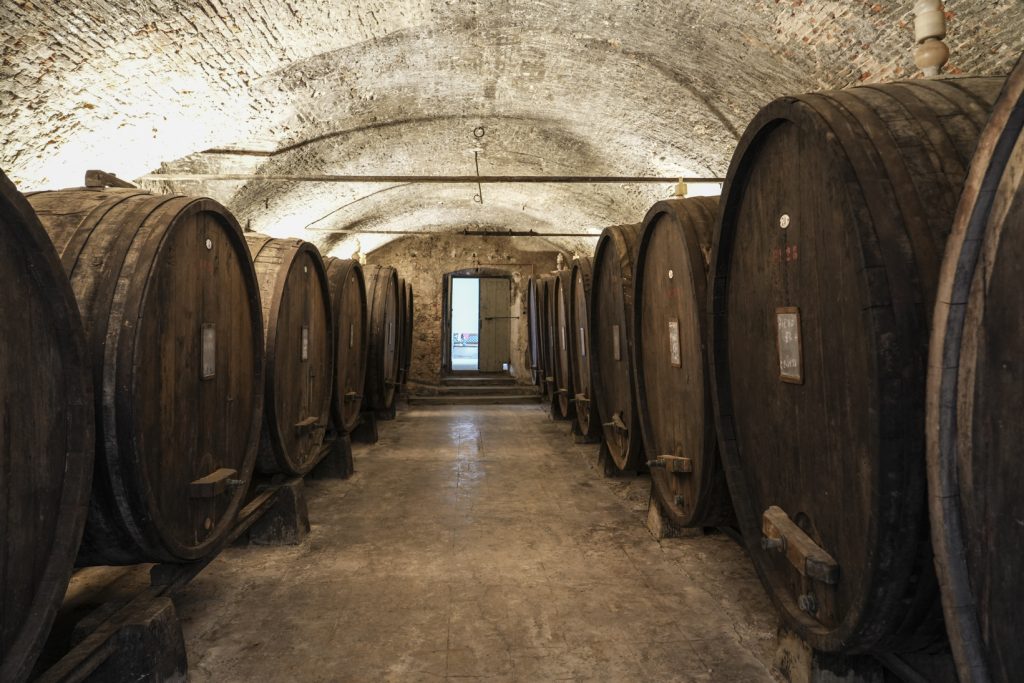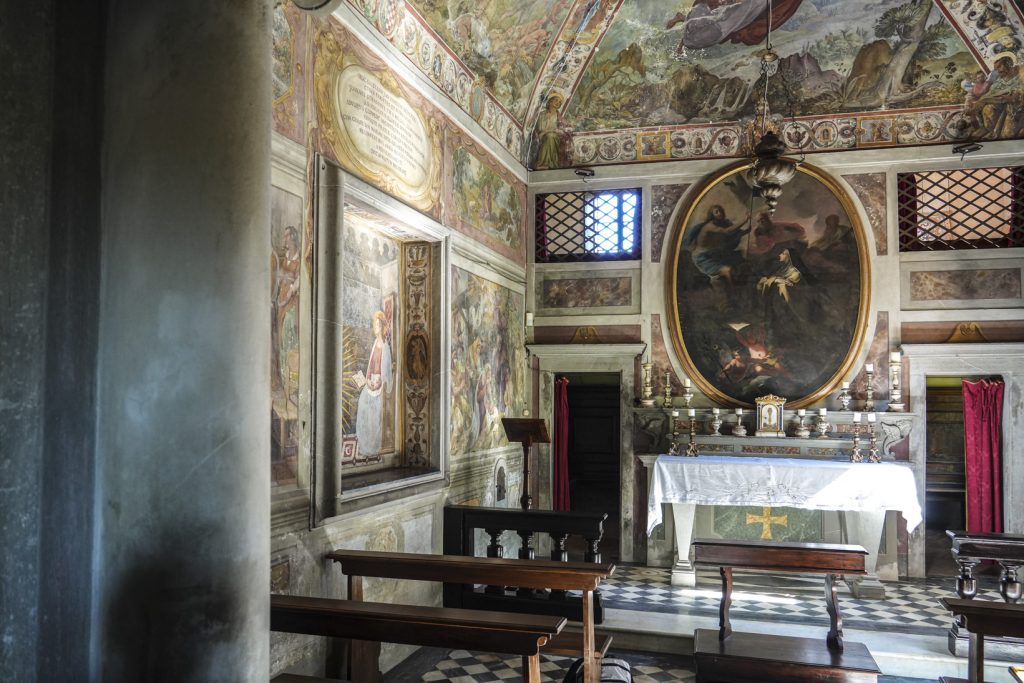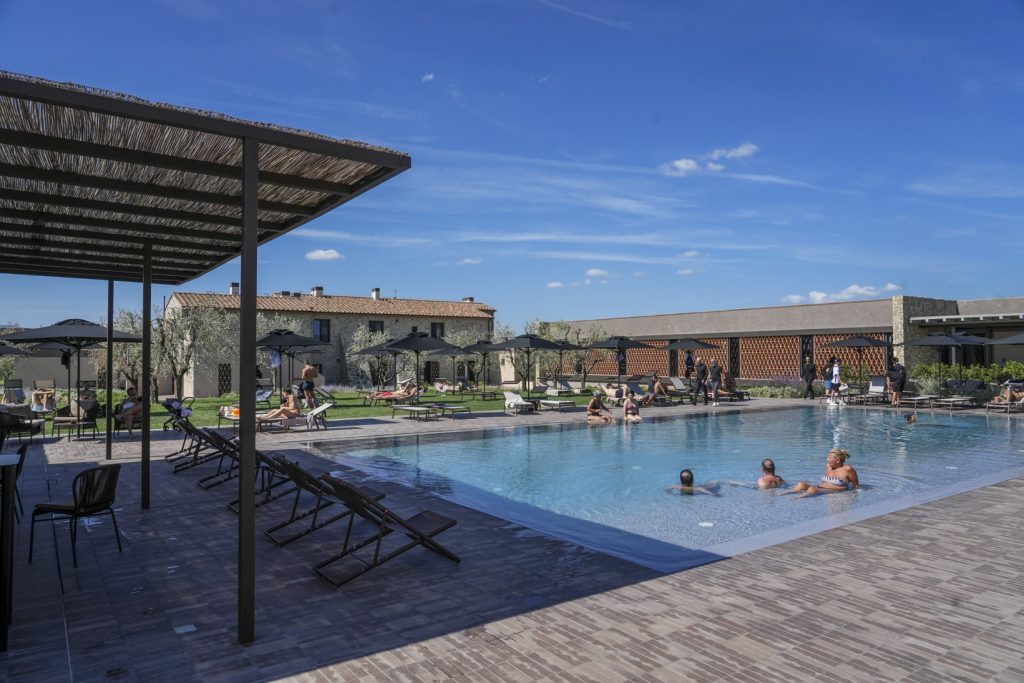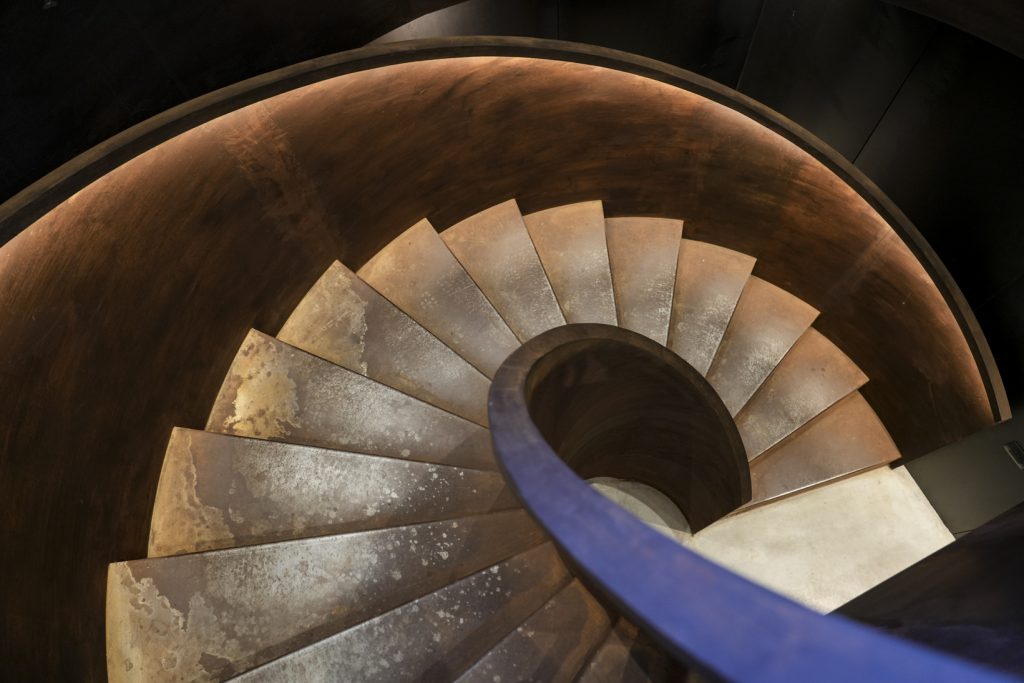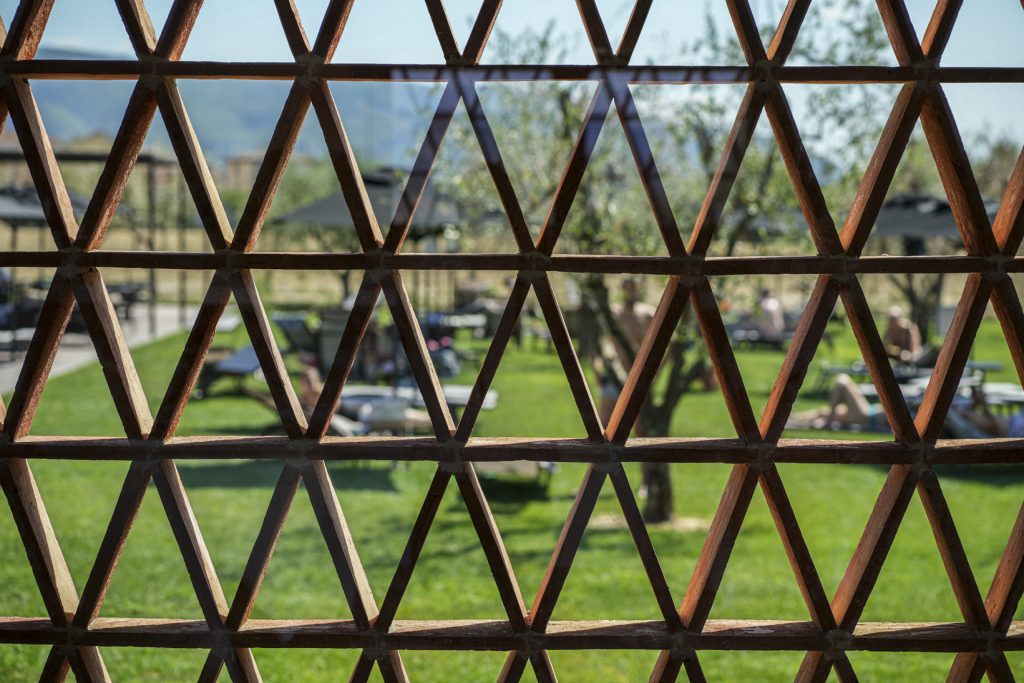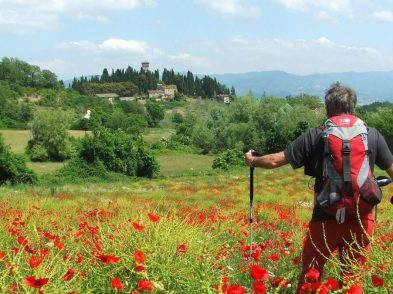A “lost” Pazzi villa as a romantic wedding venue and a design-driven boutique hotel are attracting world travellers to Montemurlo, a picturesque hilltop village that is also home to textile factories on the plain. Montemurlo is a surprising find, scattered with striking villas once populated by wealthy Florentine families and bucolic scenes alternating horse pastures and wheat fields.
Villa Pazzi al Parugiano: a romantic wedding venue
Lovebirds will struggle to find a more romantic venue for their special day than Villa Pazzi al Parugiano. Medieval in origin, the Pazzi family gave the country edifice its graceful solidity in the sixteenth century, as seen by the coat of arms on the exterior wall. While it remained in Pazzi hands down the centuries, the renowned Florentine architect Adolfo Coppedè purchased the property in 1935, making radical structural and decorative changes, such as the impactful portico between the lush English park and blissful Italian gardens as well as his own take on the Uffizi with imposing wood-inlay doors (originating from a ship) leading into a vast gallery lined with myriad antiques. The length and width of the hall would be fitting for a top international fashion show; there’s even Coppedè’s original wooden model of Palazzo Dudley-Navone in Florence, currently occupied by clothing store Cos. Event organizers embrace the villa for its numerous rain options: the Limonaia becomes a nightclub; the Altana is ideal for happy hours; the Greenhouse converts into a flower box or cigar room; and the massive barrels in the cellar are lit on the inside for an original party effect. Plus, there’s the option to stay overnight in five feminine, fully frescoed suites for those who hire the entire villa.
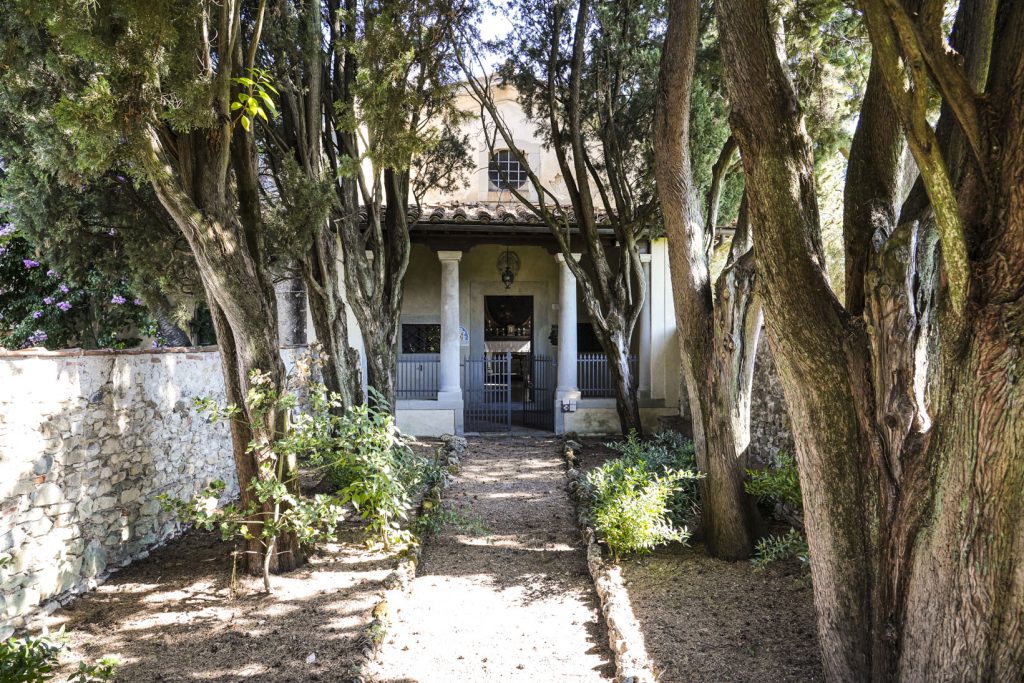
A separate country lane leads to the Church of Santa Maria Maddalena de’ Pazzi, which was founded by Alamanno de’ Pazzi in 1566 and completed by his son Girolamo 17 years later. Looking up, Jan Van Der Straet’s Original Sin fresco masterpiece is captivating, while the historical inscriptions on the Pazzi family tombstones take visitors back in time. Named after Maria Maddalena dei Pazzi, every May 25, a mass is celebrated in the saint’s honour, who is said to have experienced her first ecstasy by the pear tree in the Italian gardens. Here couples take their vows surrounded by history and beauty.
I Vivai al Parugiano: a hotel for architecture lovers
Having opened this June after four years in the making, the four-star boutique hotel I Vivai al Parugiano is charming internationals and locals with its gray-toned pool, understated elegance and impressive cuisine.

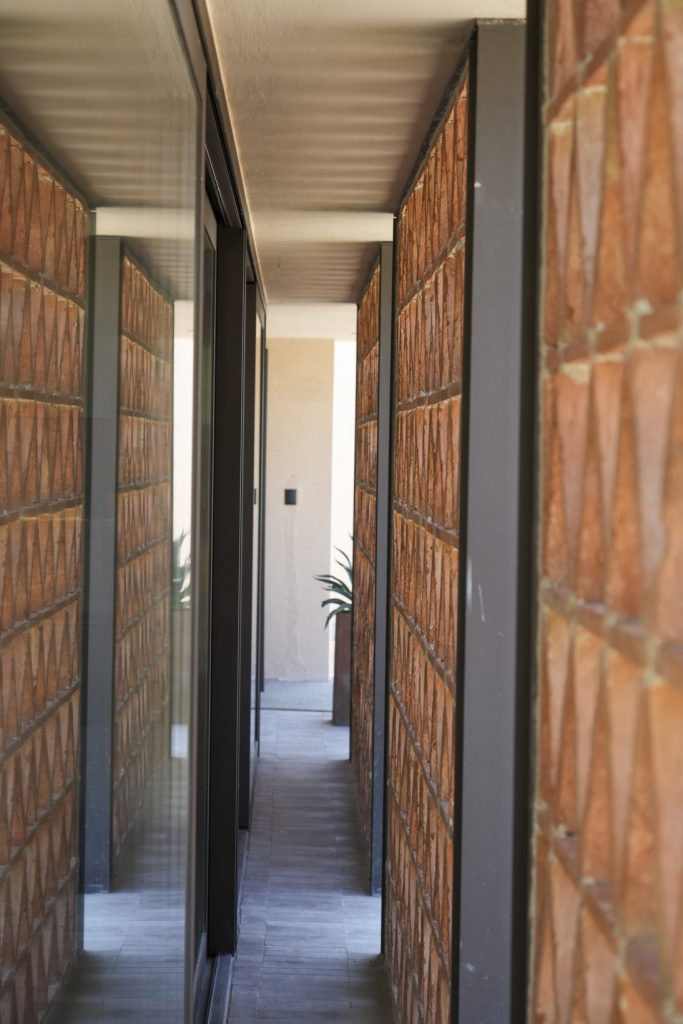
“I had to catch a plane to Formentera, but now it’s all here,” quips owner Federico Corrieri, better known for his successful local textile company Cofil, when asked why he decided to start a hotel in this little-known area. Looking out across the seagrass-tiled pool bar, the vibe is somewhere between Balearic chill and desert chic, all designed by architectural firm b-arch. Raw concrete and earthy hues pervade the entire hotel, from the 24 rooms to the spectacular cellar lined with bottles sourced from micro cantine and the fine wine vault. The standout design feature is the mandolato, the terracotta barn-like wall, which adds warmth and allows light to filter into the interiors.
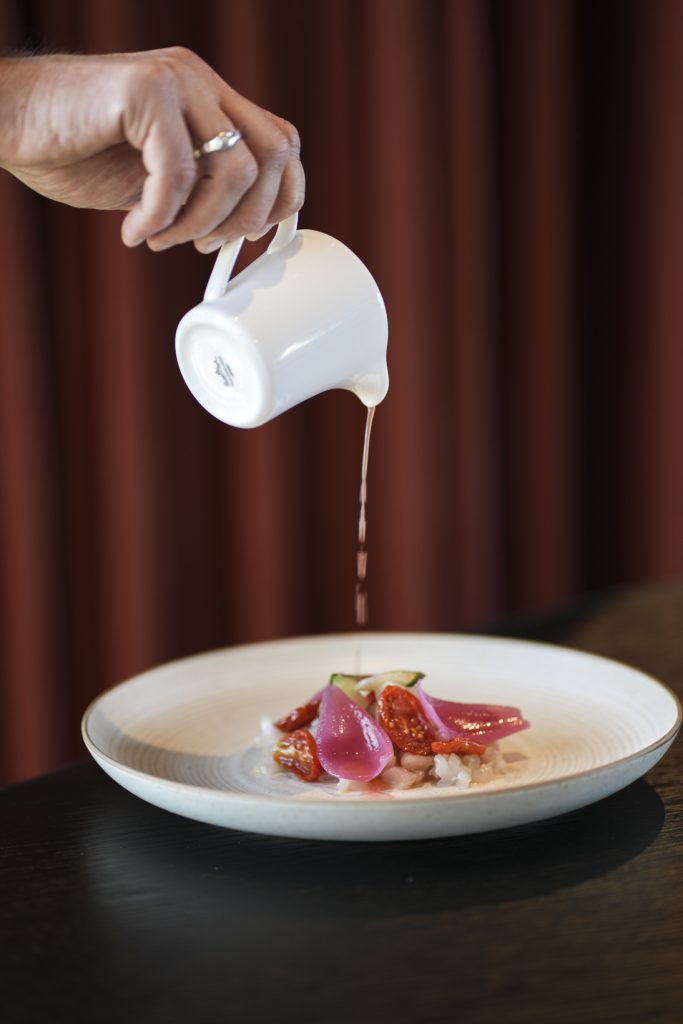
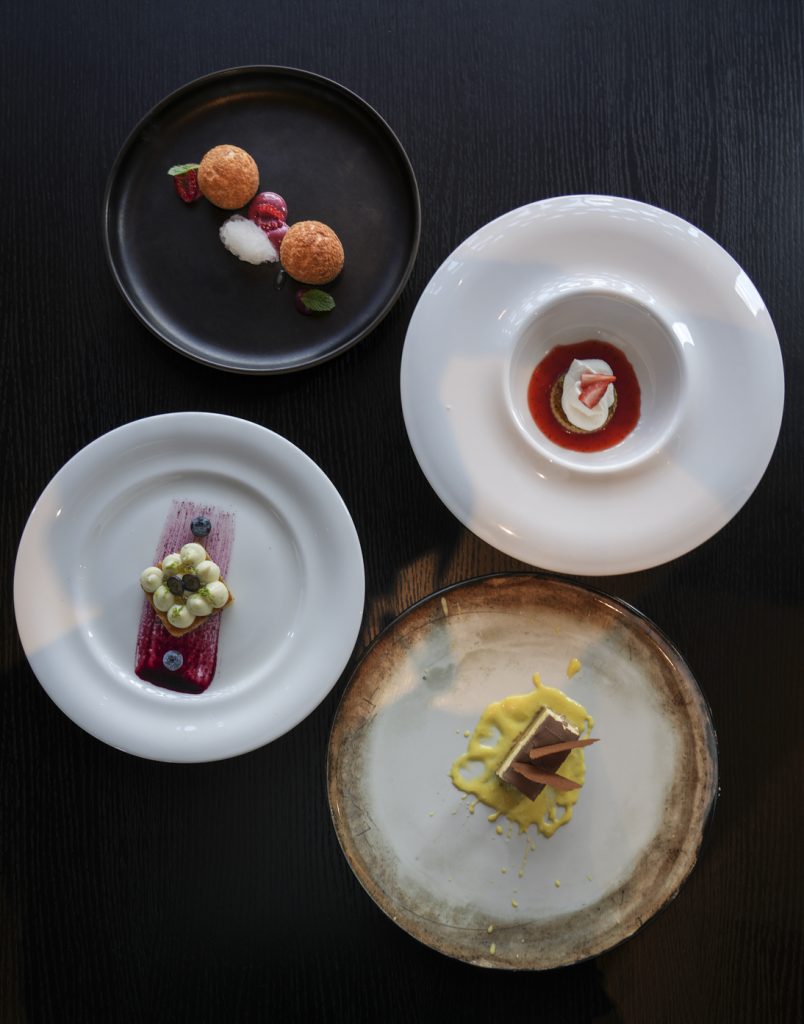
The restaurant alone is worth the journey, divided by heavy drapes and seats upholstered in Montemurlo-made fabrics. Open to everyone, not just hotel residents, restaurant manager Nicola Pagliai explains the dishes: the cacio e pepe linguine with prawn tartare is an exercise in sweet and savoury, while the perfectly cooked pigeon blends admirably with beets and hazelnuts. Pagliai recommends a local orange wine made solely from Trebbiano that proves food-flexible, although there’s a part of me that can’t wait to return for one of the producers’ dinners planned this autumn down in the cellar.

Palm Beach meets the Balearics: explore I Vivai now before it ends up on the cover of a top design magazine and the prices spiral. Plus, it’s a fantastic story of a local rural building being brought back to life with a new vision of hospitality. Coming this autumn: a wellness centre.
Montemurlo: the village + villas
Our day ends by taking the scenic drive up the hill through olive groves to the picturesque village dominated by a 14th-century fort, known as the Rocca di Montemurlo. Rarely open to the public, visitors can make out the crenellated tower atop the bare alberese stone building developed by the Guidi counts. Aside from popular local restaurant La Taverna della Rocca, the only other main draw in the hamlet is the ancient San Giovanni Decollato church. Dating to 998, when Otto III arrived in Italy for his coronation as Holy Roman Emperor, make sure you walk through the lovely loggia and gaze up at the striking stone bell tower. The view from the lookout by the restaurant shows Montemurlo’s dutiful combination of natural hilly beauty and industry on the plain.
Other local highlights include the 14th-century Villa del Barone, the 15th-century Villa di Galceto and the 16th-century Villa Strozzi di Bagnolo.

